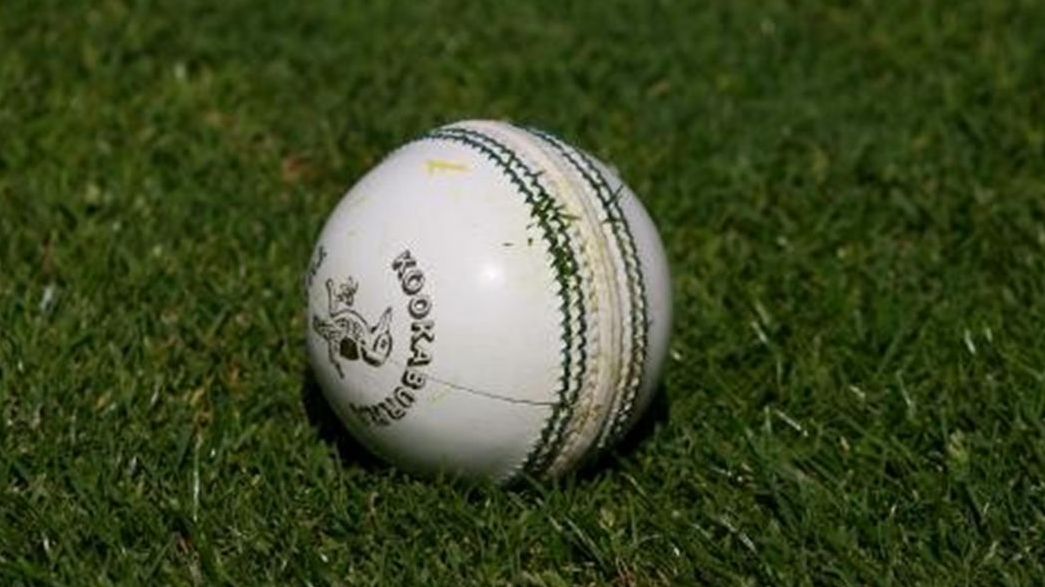Why The White Ball Won't Swing In The World Cup
It will be something of a shock to those of us who’ve heard all our lives that the ball swings round corners in England when it goes through relatively straight during the 2019 World Cup. That the cricket ball swings more in England than it does most other places is accepted cricket wisdom. We all heard it and believed it to be true. We accepted it without question and repeated it without reservation. That’s just how it was. And there were anecdotes aplenty to back up the theory.
The new ball normally swings for longer periods in England. That is not in doubt. But does it ball swing farther distances?
“Yes,” replied a few bowlers and experts whose opinions were canvassed on the matter. Asked why this would be the case they pointed to the climatic conditions as a possible reason, confirming that there are a lot of misconceptions surrounding the issue of swing bowling.
There are a number of theories that persist long after they have been debunked. That the cricket ball swings more in humid, overcast conditions is one of them. It is a belief so ingrained in the minds of cricketers and many who follow the game that it is almost impossible to dislodge, even though numerous studies have shown that weather has nothing to do with the tendency of a ball to swing.
Dr. Rabi Mehta is a NASA scientist and the world’s leading expert on cricket ball aerodynamics. “I don't think believe the ball swings MORE in England,” he answered to a question I posed by email, “what does happen is that with the lush wickets and outfield, the ball retains its shine for longer so one gets conventional swing for a longer time. I think that is why countries like England have traditionally produced more swing bowlers.”
There is nowhere in the world that has seen more runs scored in One Day Internationals (ODIs) recently than England. The pitches have been dry and flat and completely unhelpful to bowlers of seam and swing. The last few series contested there have seem a number of huge scores, including world record totals by the host country – 443/3 against Pakistan in August 2016 in Nottingham and 481/6 against Australia in June 2018 at the same venue.
England hosted the Champion’s Trophy in June 2017. That tournament also had its share of large scores and the ball hardly swung or seamed then either.
It did during the test series against India. But those games were played with the red Dukes ball that is used for Tests in England and the Caribbean, rather than the white kookaburra that will be used for the World Cup.
Each ball is quite dissimilar to the other, and not just in appearance either. The Dukes is hand-stitched and boasts a prouder seam. It is less susceptible to wear and tear and therefore maintains its integrity for longer periods. The kookaburra is machine-stitched and features a less prominent seam. It also loses its hardness and gets disheveled more quickly than the red ball.
“Red is a unique colour,” offered someone involved in the ball manufacturing process, “that has served cricket since the game started. The red dye goes through the leather and so it camouflages ‘dirt’ and scuffs and marks don’t show up, whereas any other colour, white, pink or Florescent Orange all show damage incurred during play.” The red ball, then, preserves its “brightness and visibility” for longer periods. It also preserves the sheen better, facilitating swing.
The deterioration of the white ball was the reason it was decided that two balls be used, one from either end, in ODIs. There is a credible argument that this works to the benefit of the batsman. There is very little swing to speak of when the ball is new, and it does not age enough to encourage much contrast or reverse swing. A number of experts, Sachin Tendulkar among them, have called for a return to one ball per innings.
Those teams who will go to the World resting their faith firmly in their fast bowling units could well find themselves firmly disappointed. The wickets, for the most part will by quite benign, holding no terrors for batsmen, who will often gorge themselves on the bountiful fare on offer. “I am told it’s going to be a hot summer,” said Tendulkar recently. “Even in the Champion’s Trophy the wickets were superb when the sun was out. In the heat the wickets get really flat. I am sure they will give beautiful tracks to bat on.”
The 49-game 2015 tournament saw teams run past 400 three times, the highest being Australia’s 417/6 against Afghanistan in Perth. Additionally, totals of 300 or more were achieved on 25 occasions. Forty-eight games will be played on this occasion and there is nothing to suggest that this tournament will be any less of a run-making spree. If anything, with batsmen fine-tuning their six-hitting and run-scoring techniques even more, there is likely to be an even larger avalanche of runs.
We have already seen loads of runs in the warm-up games. The West Indies, for instance, with its line of belligerent ball bludgeoners, smashed 421 against New Zealand. And so yearning for a more even bat/ball balance, former England captain now commentator Michael Atherton, for example, are likely to be disillusioned. “Six hitting alone does not guarantee entertainment and the balance between bat and ball is legitimate grounds for debate and concern in ODIs,” Atherton said a few months ago after watching the West Indies make 389 in response to England’s 418.
There will, of course, be a few low-scoring games and many will find them more intriguing than the run-making festivals that dominate the landscape. But ODI cricket nowadays is mostly about runs and lots of it. That trend will continue for this tournament.


.png)


Leave a Reply